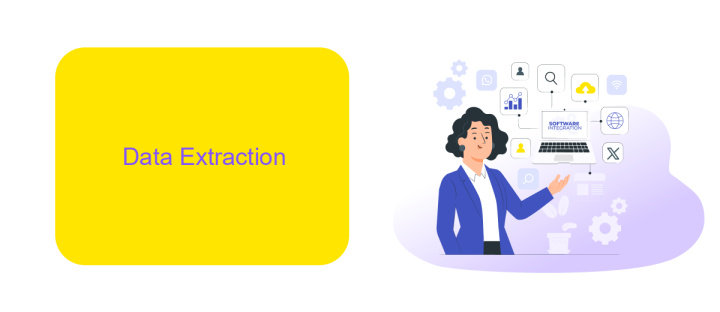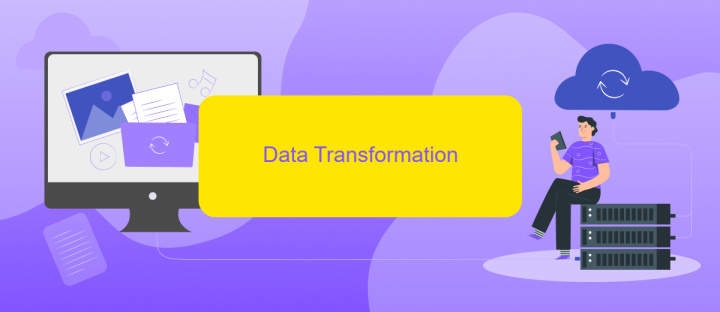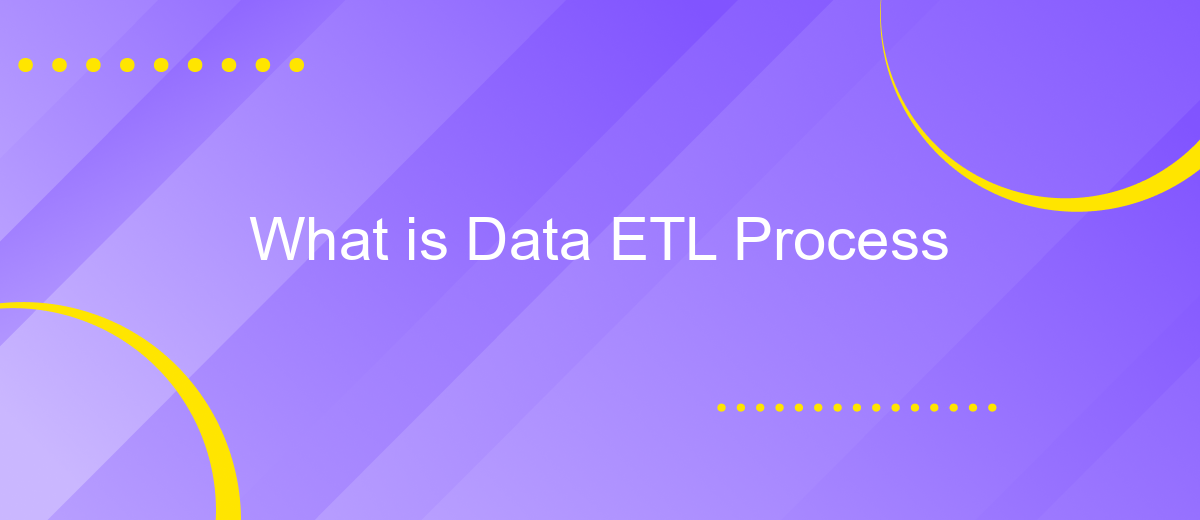What is Data ETL Process
The Data ETL (Extract, Transform, Load) process is a critical component in data management and analytics. It involves extracting data from various sources, transforming it into a suitable format, and loading it into a target system for analysis and reporting. This process ensures that data is accurate, consistent, and readily available for decision-making, making it indispensable in today's data-driven world.
Introduction to Data ETL
The Data ETL (Extract, Transform, Load) process is a crucial element in modern data management and analytics. It involves extracting data from various sources, transforming it into a suitable format, and loading it into a target database or data warehouse. This process ensures that data is accurate, consistent, and ready for analysis, enabling businesses to make informed decisions.
- Extract: Data is gathered from multiple sources such as databases, APIs, and flat files.
- Transform: The extracted data is cleaned, enriched, and transformed to meet specific requirements.
- Load: The transformed data is loaded into a target system for analysis and reporting.
Effective ETL processes are vital for maintaining data integrity and quality. Tools like ApiX-Drive can simplify the integration and automation of data workflows, ensuring seamless data transfer between various platforms. By leveraging such services, organizations can streamline their ETL operations, reduce manual effort, and focus on deriving actionable insights from their data.
Data Extraction

Data extraction is the first crucial step in the ETL (Extract, Transform, Load) process, where raw data is collected from various sources such as databases, APIs, flat files, and web services. This stage involves identifying and retrieving the relevant data that will be used for further processing and analysis. The quality and accuracy of the extracted data are paramount, as they directly impact the subsequent stages of the ETL process.
To streamline and automate the data extraction process, many organizations leverage integration services like ApiX-Drive. ApiX-Drive simplifies the extraction by providing seamless connectivity to a wide range of data sources, allowing users to set up integrations without any coding knowledge. It supports various APIs and data formats, ensuring that data is accurately extracted and ready for transformation. By using such tools, businesses can enhance efficiency, reduce manual errors, and ensure that their data pipeline remains robust and reliable.
Data Transformation

Data transformation is a crucial step in the ETL process, where raw data is converted into a usable format. This step ensures that data from various sources is standardized, cleaned, and enriched to meet the analytical requirements of an organization.
- Data Cleaning: Remove inconsistencies, errors, and duplicates to ensure data quality.
- Data Standardization: Convert data into a common format or structure for easier analysis.
- Data Enrichment: Integrate additional information to enhance the value of the data.
- Data Aggregation: Summarize data to provide a higher-level view.
- Data Integration: Combine data from different sources to create a unified dataset.
Tools like ApiX-Drive can significantly simplify the data transformation process. ApiX-Drive allows seamless integration between various data sources and applications, automating the transformation tasks and ensuring that your data is always in the right format for analysis. This not only saves time but also reduces the risk of errors, enabling more accurate and efficient data-driven decisions.
Data Loading

Data loading is the final step in the ETL process, where transformed data is moved into a target system, such as a data warehouse, database, or data lake. This step is crucial as it ensures that the data is available for analysis and reporting.
The loading process can be performed in various ways, depending on the requirements and infrastructure of the organization. It can be done in batches at scheduled intervals or in real-time, where data is continuously loaded as it becomes available.
- Batch Loading: Data is collected and loaded at specific times, suitable for large volumes of data.
- Real-Time Loading: Data is loaded instantly as it is generated, ideal for time-sensitive applications.
- Incremental Loading: Only new or updated data is loaded, reducing the load on the system.
Using integration services like ApiX-Drive can simplify the data loading process. ApiX-Drive allows seamless integration between various data sources and target systems, automating data transfer and ensuring data is always up-to-date. This helps organizations maintain data accuracy and accessibility with minimal manual intervention.


Benefits of ETL
The ETL (Extract, Transform, Load) process offers numerous benefits that make it an essential component of data management. One of the primary advantages is the ability to consolidate data from multiple sources into a single, unified view. This consolidation helps organizations gain comprehensive insights, enabling more informed decision-making. Additionally, the transformation phase allows for data cleansing and normalization, ensuring that the data is accurate, consistent, and ready for analysis. This improves data quality and reliability, which is crucial for any data-driven strategy.
Another significant benefit of ETL is the automation of data workflows, which saves time and reduces the likelihood of human error. Tools like ApiX-Drive can facilitate this automation by providing seamless integration between various data sources and destinations. ApiX-Drive simplifies the setup of these integrations, allowing businesses to focus on analysis rather than data wrangling. This leads to increased efficiency and productivity, as well as the ability to quickly adapt to changing data needs without extensive manual intervention.
FAQ
What is the Data ETL Process?
Why is the ETL process important?
What are the main steps involved in the ETL process?
How can I automate the ETL process?
What are some common challenges in the ETL process?
Time is the most valuable resource in today's business realities. By eliminating the routine from work processes, you will get more opportunities to implement the most daring plans and ideas. Choose – you can continue to waste time, money and nerves on inefficient solutions, or you can use ApiX-Drive, automating work processes and achieving results with minimal investment of money, effort and human resources.

